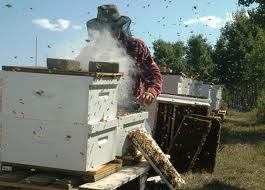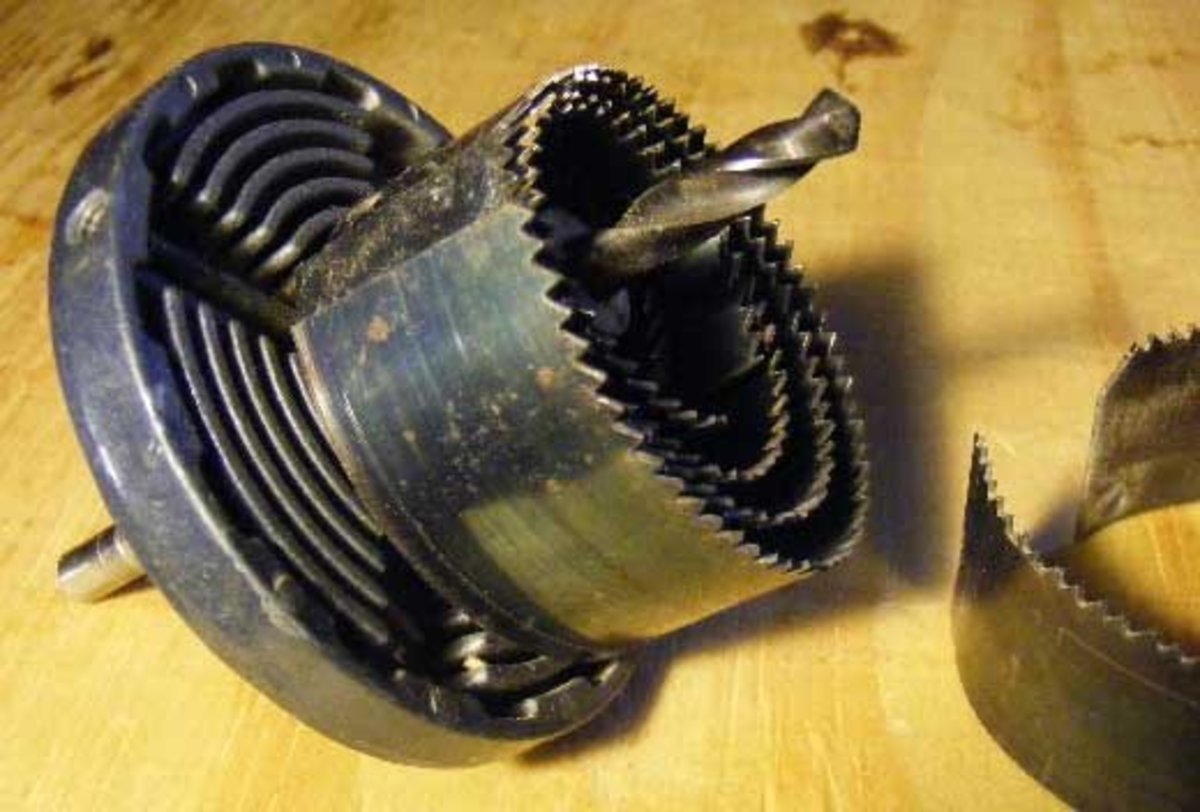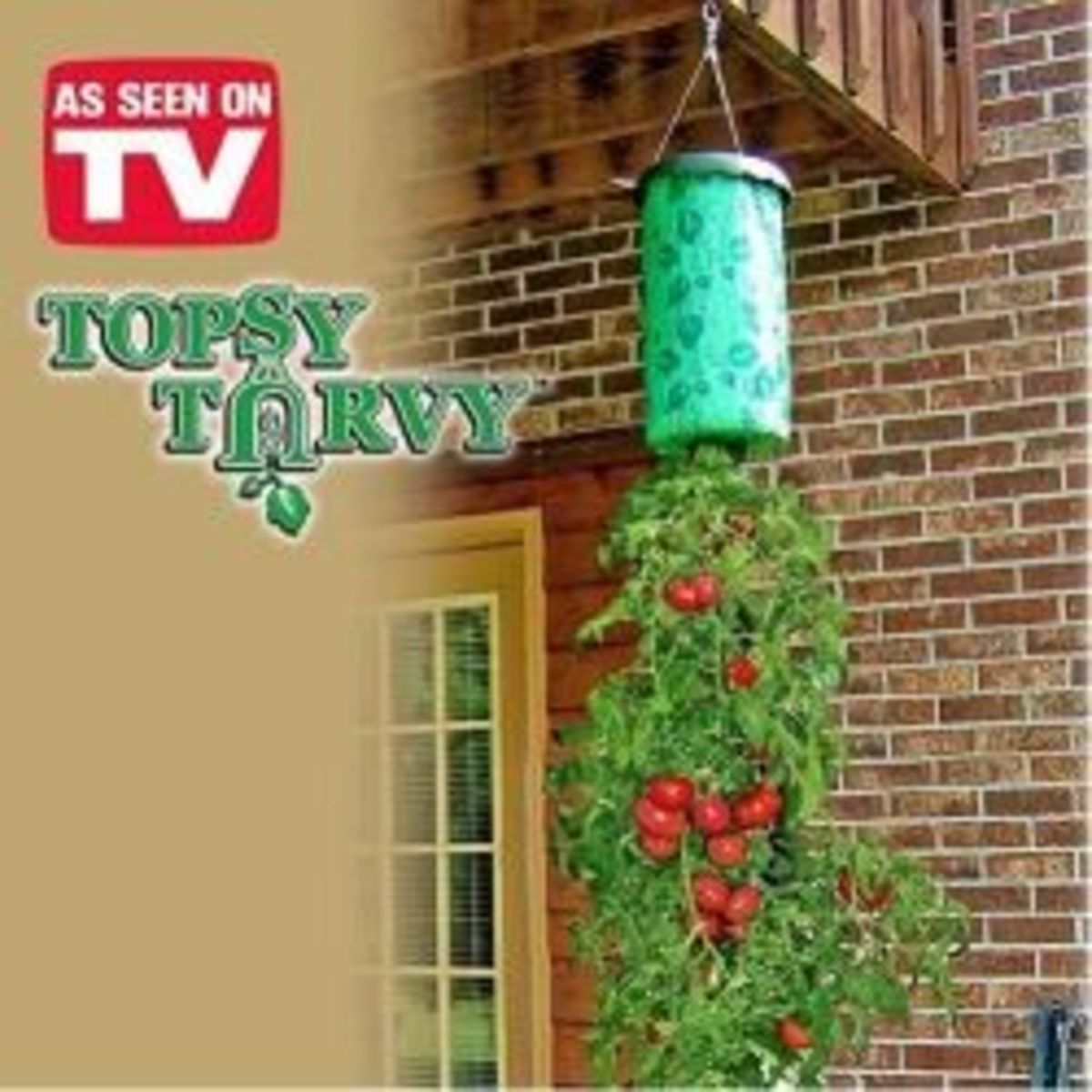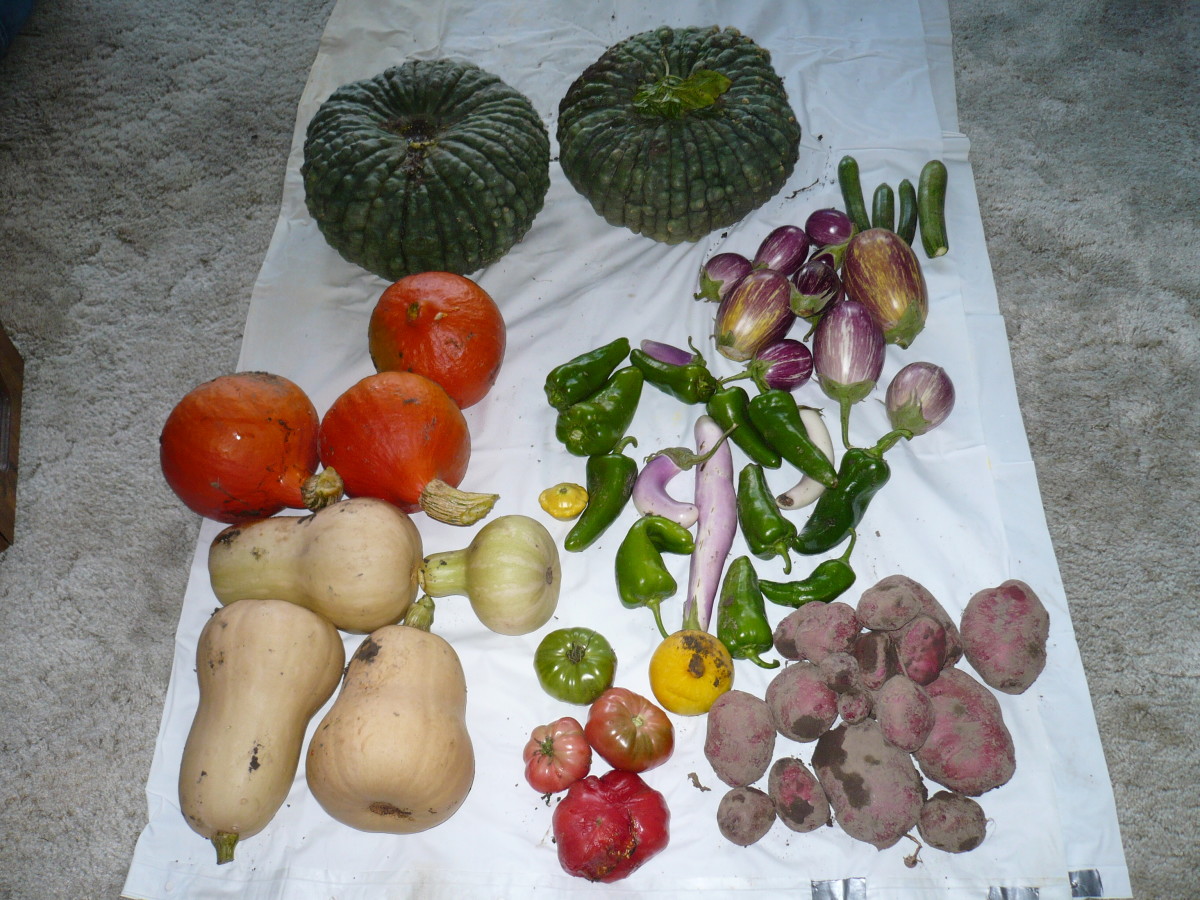How to Make Your Own Bee Smoker

Having the right equipment when dealing with honey bees is the difference between getting stung and collecting honey and tending to the hive. One way to subdue the bees is with smoke. With a few basic tools and supplies you can make your own smoker. The next time you go tend to your bee hive you will be able to subdue those busy little stingers with your homemade smoker.
Can with replaceable lid
Faucet spout fitting
Leather
Tacks
2 small boards
Hardware cloth
Drill with bit
Saw
2 small hinges
Wire cutters
Wire spring
Screws
Step1
Drill two holes in the can. Drill one hole in the lid of the can. The dimensions of the hole in the lid needs to the same as the faucet fitting. Drill another hole on the side of the can towards the bottom. The size of the hole on the side of the can is not important.
Step 2
Cut the boards about the same height and width of the can rounding the corners slightly. Attach the two hinges to two short ends of the boards. Drill a hole that is adjacent to the hole that is on the side of the can in one of the boards. Attach the spring between the boards to create the tension to keep the bellow open when the smoker is finished. This will create the frame of the bellows.
Step 3
Cut the leather. The leather is going to create the skin of the bellows. To determine where to cut the leather apply a straight edge of the leather to the outside edge on one of the boards or frame of the bellows using the tacks to hold it in place. Open the frame to the desired open position of the bellows and tack the leather in place on the other board. Cut the excess leather off after the tacks have been placed completely around the bellows frame on both boards.
Step 4
Attach the can to the bellows matching the hole in the can and the hole in the bellows. Use several screws from the inside of the can to attach them.
Step 5
Cut the hardware cloth in a circle that is slightly bigger than the circumference of the can. Place the hardware cloth in the can, pushing it down towards the bottom. This creates a barrier so the wood chips do not get into the bellows.
Step 6
Attach the faucet fitting to the lid of the can. Point the faucet end away from the bellows side. The faucet fitting will be where the smoke comes out.
- How to Set Up Your First Beehive
Beekeeping on a Small Scale, Starting your First Backyard Beehive.






